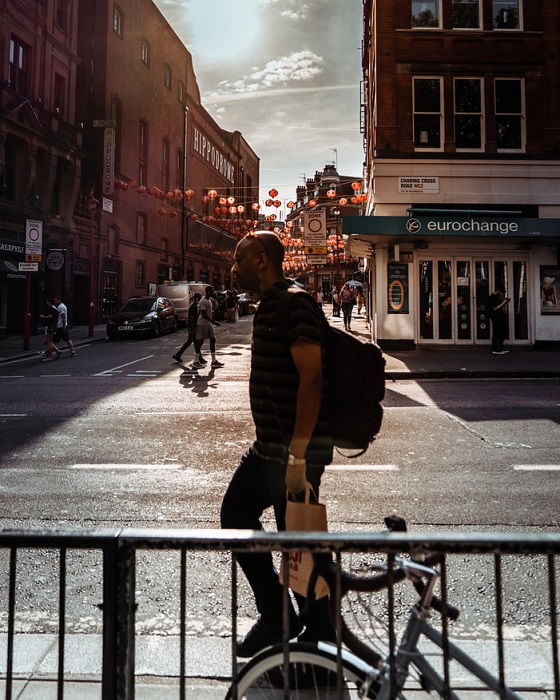The Main Principles Of Framing Streets
Table of ContentsThe 20-Second Trick For Framing StreetsThe Buzz on Framing Streets5 Easy Facts About Framing Streets ExplainedThe Basic Principles Of Framing Streets How Framing Streets can Save You Time, Stress, and Money.The Best Guide To Framing Streets
Photography style "Crufts Pet Show 1968" by Tony Ray-Jones Street digital photography (additionally occasionally called honest photography) is photography conducted for art or questions that includes unmediated chance experiences and random events within public locations, typically with the aim of recording images at a crucial or poignant moment by careful framework and timing. 
, that was inspired to take on a comparable documents of New York City. As the city developed, Atget aided to promote Parisian roads as a worthy topic for digital photography.

Framing Streets Can Be Fun For Anyone
Between 1946 and 1957 Le Groupe des XV yearly showed job of this kind. Andre Kertesz. Circus, Budapest, 19 May 1920 Street photography developed the significant content of two exhibits at the Gallery of Modern Art (Mo, MA) in New york city curated by Edward Steichen, Five French Digital Photographers: Brassai; Cartier-Bresson, Doisneau, Ronis, Izis in 1951 to 1952, and Post-war European Photography in 1953, which exported the concept of street photography globally.

4 Simple Techniques For Framing Streets
The recording equipment was 'a surprise cam', a 35 mm Contax concealed beneath his layer, that was 'strapped go right here to the breast and linked to a long cable strung down the right sleeve'. Nonetheless, his work had little contemporary influence as because of Evans' sensitivities concerning the creativity of his job and the personal privacy of his subjects, it was not released until 1966, in guide Numerous Are Called, with an intro composed by James Agee in 1940.
Helen Levitt, after that an instructor of young youngsters, connected with Evans in 193839. She recorded the transitory chalk illustrations - Best Zoom Lens that belonged to kids's road culture in New York at the time, in addition to the youngsters who made them. In July 1939, Mo, MA's new digital photography section consisted of Levitt's operate in its inaugural exhibitionRobert Frank's 1958 book,, was considerable; raw and often indistinct, Frank's images examined conventional photography of the moment, "tested all the official guidelines put down by Henri Cartier-Bresson and Pedestrian Evans" and "contradicted the wholesome pictorialism and heartfelt photojournalism of American magazines like LIFE and Time".